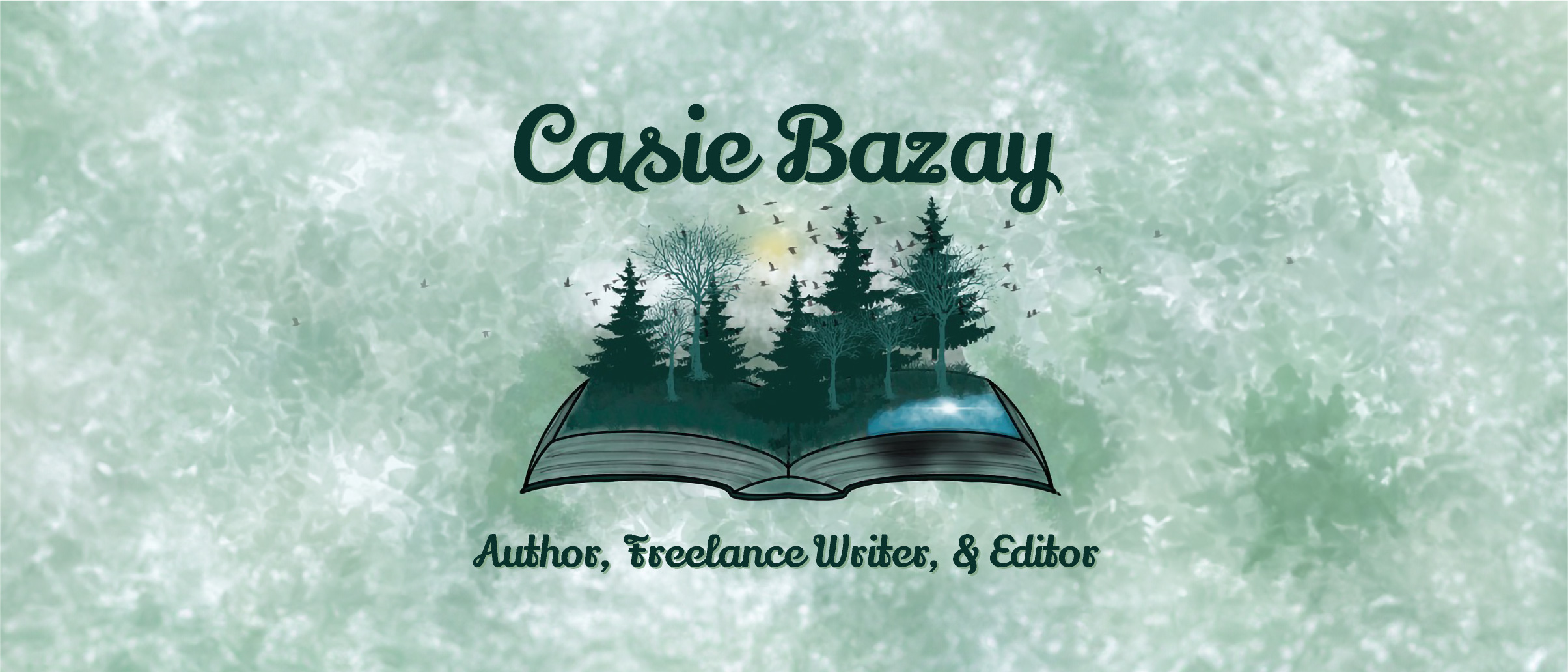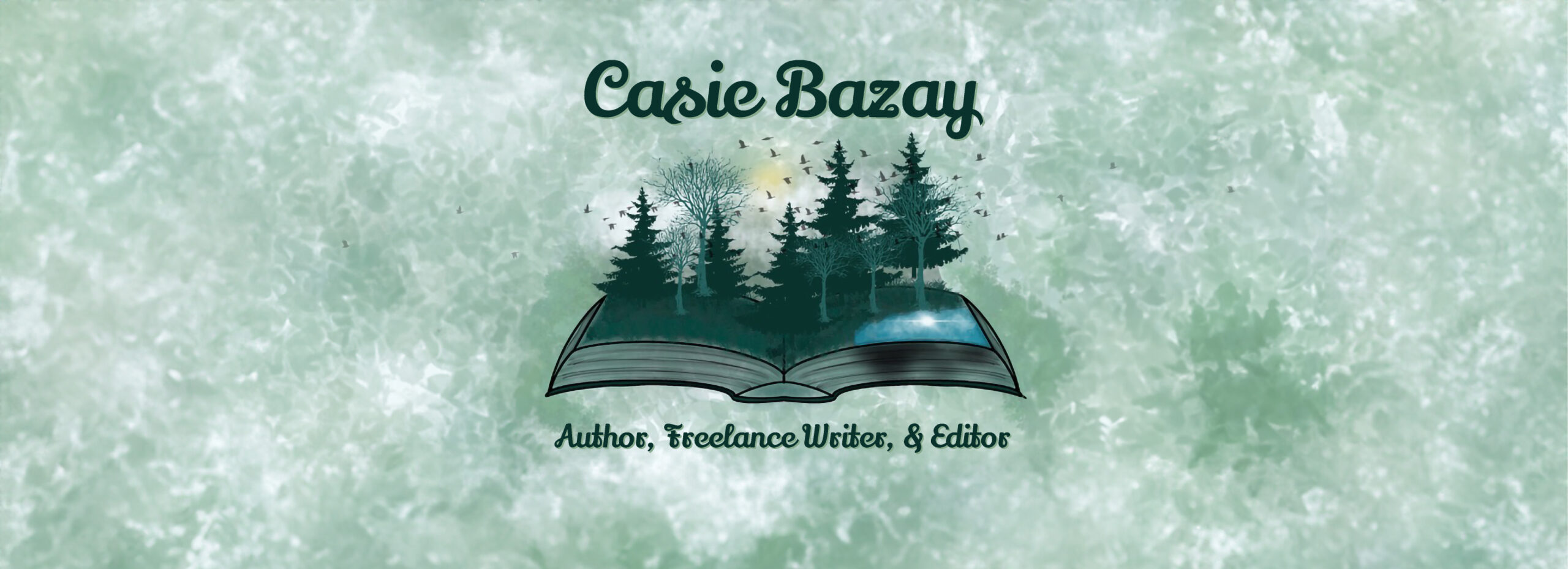I know I’ve discussed this before, but when you start writing books, it changes the way you read them (sometimes, in a rather annoying way). At times, it can be difficult to turn off your writer voice and just enjoy the story. However, that writer voice can also be a good thing; it can help you pick up on things to add to your own writing toolbox.
I’ve been downing as many YA contemporary novels as I can lately because 1.) I love reading YA contemporary and 2.) I mainly write YA contemporary. (Reading widely in your writing genre is always a smart idea, if you didn’t know.) But as I read, I’ve been trying glean at least one writing lesson from each book. Ok, so lesson may not quite be the right word here, but I try to find something that I can either improve on in my own writing or perhaps, something I think I should avoid.
Of course, my take-away from a book may be very different from someone else’s take-away, but I thought I’d give you a few examples. Here are the last three books I’ve read, as well as the “lessons” I learned from them:
Within and Without by Deborah Maroulis
I don’t tend to read a lot of “issue” books, but Deborah is an online writing friend, and I wanted to support her. Plus, I read the intro of this book back before it was published and enjoyed her writing. I was pleasantly surprised with the overall story. Within and Without is about a teen girl (Wren) who moves to her granny’s vineyard with her mom after her parents’ divorce. Like many girls (both teen and adult), Wren struggles with her self-image. But unlike most, she develops an eating disorder as a result–one which steadily gets worse, especially after she gains the attention of her crush. Within and Without is a story of friendship, first love, and ultimately, learning to love yourself, and it’s definitely worth the read.
Story aside, one of the author’s strengths was her lovely descriptions. She really rooted us in the scene with some of these descriptions, which ultimately pull us into the story all the more.
Example: He hands me a single daisy, his fingers lingering over mine. The light behind him casts a defining shadow on his face, making his eyes seem larger than normal. They sparkle, the blue pooled in the gray reflecting in his shirt.
It’s a small moment, but the emotional impact is strengthened by the author’s vivid descriptions.
As a writer who tends to skimp on this kind of thing (especially in early drafts), I was appreciative. It’s definitely something I need to work on.
Turtles All the Way Down by John Green
This story is essentially a missing person mystery wrapped up inside a bigger story of friendship, first love, and self-acceptance. The main take-away for me, though, was Green’s ability to create such quirky, interesting characters. They’re not your every day, run-of-the-mill teens. They’re smart. They’re wacky. And they’re memorable. It’s something we should all strive to achieve in our stories.
Many of us have read a book or two by John Green, I’m sure. I’ve read almost all of them, but wasn’t completely intrigued upon seeing this title on the shelf for some reason. I mean, I love turtles and all, but I just wasn’t sure what it would be about. I’ll also admit that when I checked it out from the library and first started reading, I wasn’t hooked right away. But it’s John Green . . . so I kept going (I can only dream of rising to this level of authorship some day!) Green’s writing is always strong, and he’s known for his clever story-telling abilities, but the main character of this particular story (Aza) was definitely odd–so much so that it was difficult for me to connect with her at first. But once I realized she was mentally ill (suffering from OCD), I softened toward her. By the time I hit the middle of the book, I was all in–I needed to know how Aza’s story would end. I was not disappointed.
By the way, I can almost guarantee you the title is not what you think it is!
Our Chemical Hearts by Krystal Sutherland
On a recent vacation, my husband and I stopped into a bookstore, where naturally, I decided to buy a few books. After browsing the young adult section for a while, I picked up Our Chemical Hearts because 1.) I was intrigued by the title, and 2.) It was a female writer with a male MC. Since I’m working on a dual POV story in which one main character happens to be male, I knew I might learn a thing or two. After all, it can be tricky writing from the perspective of the opposite sex (something John Green tends to do a lot, too).
Again, the writing was stellar in this story, but after just having finished a John Green novel, I found a few too many similarities for my taste. It might just be me, but it felt like this debut author might have emulated one of her favorite author’s style a little too much (she recommends two of his books in the front-matter section.) But then again, maybe I wouldn’t have noticed at all had I not just read a John Green book . . . but I’ll move on.
Our Chemical Hearts is about a teenage boy who falls for the new girl at school–a girl who’s obviously experienced some pretty serious recent trauma. It becomes clear, early on, what that trauma is, but the story still held my interest as I wanted to see how their relationship would progress. There was one fairly big surprise (which I won’t give away), but by the 3/4 point, I was fairly sure of how the story would end. This isn’t necessarily a bad thing. It’s still a great novel, both humorous and heartfelt.
Similar to John Green’s book, the lesson I picked up on was really making each character shine. I read a quote once that went something like this: “Treat your side characters as if they’re the most important person in the story.” Those words have stuck with me, and it’s obvious that Sutherland has pretty much mastered this skill. Each of her side characters is quirky, witty, and memorable. I especially enjoyed the weirdly lovable and hilarious Murray, aka Muz, the main character’s Australian best bud.
I’ve just begun reading Sarah Dessen’s Along for the Ride because Sutherland also had this book listed in her reading recommendations. I’ve always enjoyed Dessen’s writing and saw this title at the library, so I decided to check it out.
I’m only a little ways in, but what I’ve already picked up on is Dessen’s ability to make the ordinary interesting and beautiful. Her characters are somewhat subdued compared to those in the last two books I read and they also tend to experience common, real-life teen situations (in this case, going to stay with Dad and his new wife + their new baby for the summer), but Dessen always manages to make her stories enjoyable as well as endearing.
So those are my examples. Now, it’s time to come up with your own! Feel free to share any books you’ve learned a writing “lesson” from in the comments–whether it’s something you admired and would like to improve on yourself OR if it’s something you vow never ever to do. 🙂




